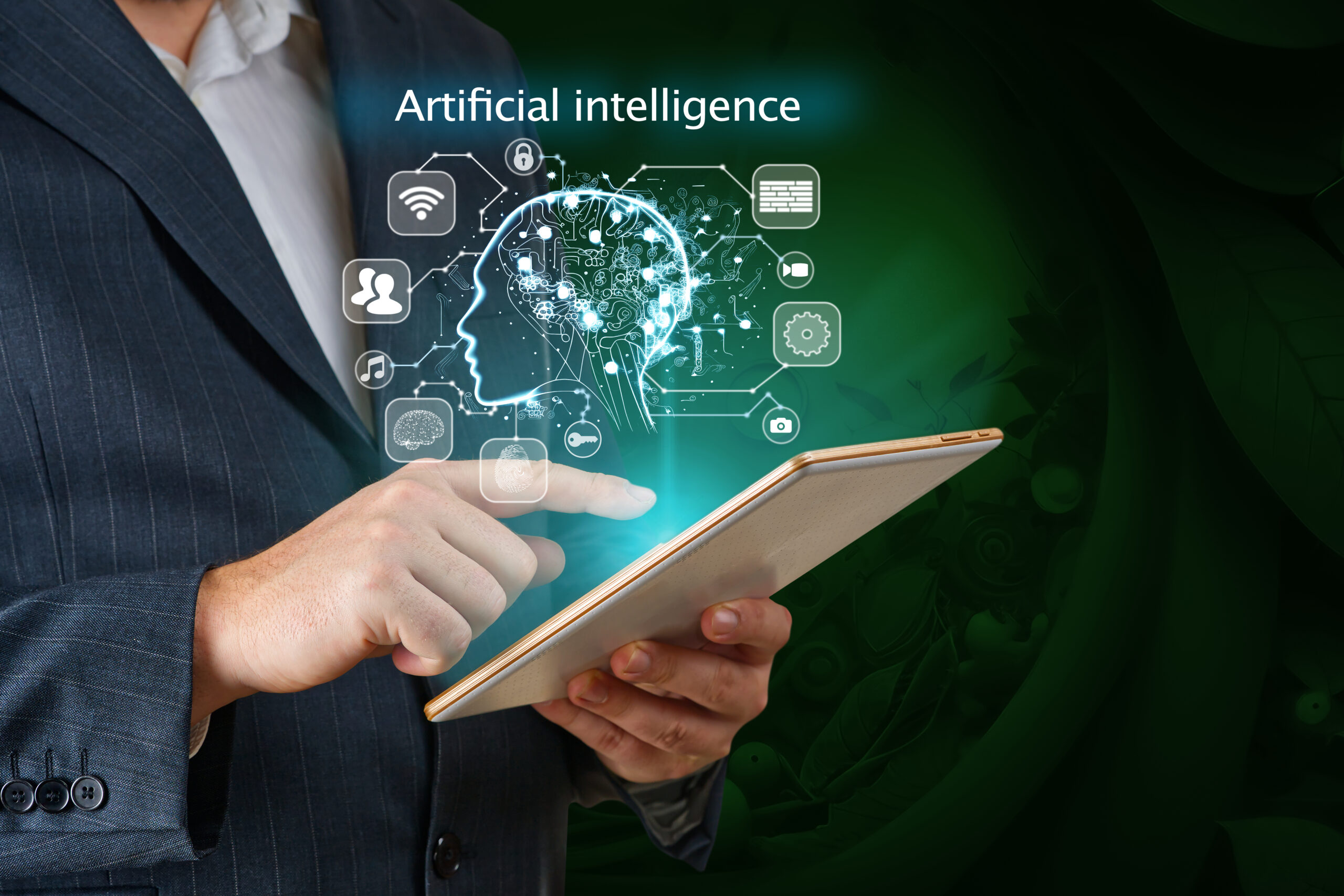Pioneering the Intersection of Web Design and AI
Harmonizing the Future: Exploring the Synergy of Web Design and AI for Enhanced User Experiences
In the rapidly evolving landscape of digital technology, the intersection of web design and artificial intelligence (AI) has given birth to a realm of possibilities that was once confined to the realm of science fiction. The convergence of these two domains has paved the way for an exciting new era of innovation, redefining user experiences and reshaping the way we interact with the digital world.
The Evolution of User-Centric Design: A Paradigm Shift
Traditionally, web design has been driven by aesthetics and functionality, aiming to create visually appealing and easy-to-navigate websites. However, with the advent of AI, a paradigm shift has occurred. User-centric design has become the new norm, focusing on understanding the needs, preferences, and behaviors of users. This shift empowers designers to tailor web experiences to individual users, resulting in more meaningful interactions and increased engagement.
Enhancing Engagement through AI-Driven Content Personalization
One of the most significant contributions of AI to web design lies in content personalization. AI algorithms analyze user data and behaviors to deliver tailored content recommendations, making each user’s journey unique. E-commerce websites, for instance, leverage AI-powered recommendation systems to suggest products based on a user’s browsing history, purchase patterns, and even demographics. This not only enhances user engagement but also drives conversions by presenting users with content that resonates with their interests.
Crafting Aesthetics with AI: Design, Color, and Layout
Design aesthetics play a crucial role in capturing user attention and conveying a brand’s identity. AI is now being harnessed to assist designers in making aesthetically pleasing choices. From suggesting color palettes that align with a brand’s image to optimizing layout structures for better visual flow, AI tools empower designers to create visually appealing websites that leave a lasting impression.
Navigational Excellence: AI’s Contribution to Intuitive User Journeys
The navigation of a website can significantly impact the user experience. AI-driven navigation design goes beyond simple menus and buttons. It involves understanding user behavior and preferences to create intuitive user journeys. AI technologies map out user flows, identifying common paths and pain points. This information is then used to optimize navigation structures, ensuring that users can easily find what they’re looking for.
Speed and Performance: The AI Boost for Web Optimization
In an era where attention spans are fleeting, website loading speed is critical. AI comes to the rescue by optimizing performance. AI algorithms analyze the website’s code, assets, and server configurations to identify bottlenecks and inefficiencies. By leveraging these insights, designers and developers can fine-tune the website’s performance, resulting in faster load times and a smoother user experience.
Chatbots and Customer Support: Elevating User Assistance
AI-powered chatbots have transformed customer support and user assistance. Integrated seamlessly into websites, these chatbots provide real-time responses to user queries, offering instant assistance even outside business hours. These bots are capable of understanding natural language, providing accurate information, and resolving common issues, enhancing user satisfaction and reducing the burden on human support teams.
Predictive Analytics and User Behavior Insights
The integration of AI and predictive analytics has unlocked a treasure trove of insights into user behavior. By analyzing past interactions and behaviors, AI algorithms can predict future user actions, allowing designers to anticipate user needs and tailor experiences accordingly. This data-driven approach enables designers to create more relevant and personalized content, thereby increasing user engagement and conversion rates.
Accessibility and Inclusivity: AI’s Role in Reaching Wider Audiences
Ensuring that websites are accessible to everyone, including individuals with disabilities, is a fundamental aspect of modern web design. AI contributes to this goal by enabling designers to implement accessibility features more efficiently. From generating alt text for images to optimizing page structures for screen readers, AI ensures that websites are user-friendly for all abilities, promoting inclusivity on the digital front.
The Ethical Landscape: Navigating AI-Infused Web Design
As AI becomes more integrated into web design, ethical considerations come to the forefront. Balancing personalization with user privacy is a delicate task. Designers must transparently communicate data usage and ensure that users have control over their information. Additionally, ethical AI design involves avoiding biases in AI algorithms and maintaining accountability for AI-driven decisions that affect user experiences.
The Future Unveiled: AI-Driven Innovations on the Horizon
The journey of AI and web design is far from over. As technology continues to advance, we can anticipate even more innovative applications of AI in web design. Virtual reality (VR) and augmented reality (AR) integration could bring immersive experiences to web visitors. AI-generated design elements and layouts might streamline the creative process, enabling designers to experiment with novel concepts effortlessly.
Conclusion: Shaping a New Era of Web Experiences through AI
The synergy of web design and AI is a testament to the transformative power of technology. By harmonizing human creativity with machine intelligence, we have embarked on a journey to create web experiences that captivate, engage, and reson

ate with users on a profound level. As AI continues to evolve and designers continue to push boundaries, we stand at the threshold of an era where every click, swipe, and interaction is imbued with the magic of harmonized design and AI-driven innovation.

